Lumbar Spinal Disc Herniation — Discotomy With Intervertebral Disc Replacement Prosthesis: treatment in the Best Hospitals in the World
Treatment prices are regulated by national law of the corresponding countries, but can also include additional hospital coefficients. In order to receive the individual cost calculation, please send us the request and medical records.
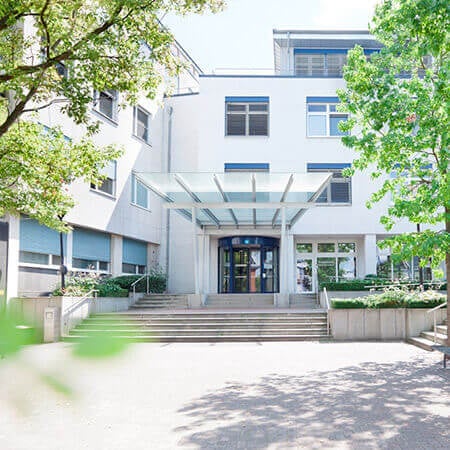
Department of Spinal Surgery
The Department of Spinal Surgery annually treats more than 920 patients with lumbar herniated discs. The specialists remove the affected disc with endoscopic equipment and replace it with prosthesis. The surgery involves the use of a three-dimensional O-Arm x-ray system, which completely protects the spinal cord. The department is headed by Dr. med. A Bitter, who specializes in microsurgical spinal interventions.

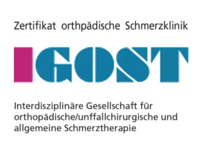
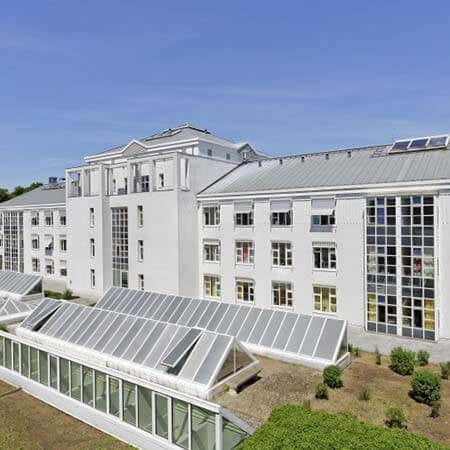
Department of Spinal Surgery
The Department of Spinal Surgery at the Vivantes Auguste-Victoria Hospital all diseases of the spine - both conservatively and operatively. Patients with herniated intervertebral discs, displacement of vertebrae, stenosis of the spinal canal or back pain are treated here. In addition, specialists of the department have a unique experience in the field of complex reconstructive and revision surgeries, which are conducted to continue or correct the previous surgical treatment.

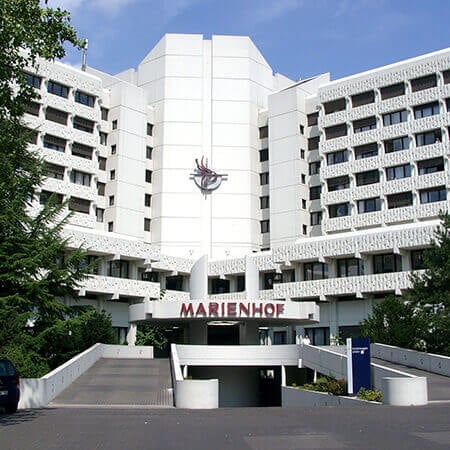
Department of Spinal Surgery
The Department of Spinal Surgery offers the full range of effective treatment methods in the area of its specialization. A highly qualified team of doctors is at the service of the department's patients, who have in their arsenal advanced conservative and surgical treatment methods for pathological changes in the spine. Spinal surgical procedures are performed in modern operating rooms, the technical equipment of which allows spinal surgeons to perfectly perform both major open surgery and sparing interventions: minimally invasive, endoscopic, and microsurgical. Surgical treatment is complemented by a carefully planned course of physiotherapy. This includes procedures such as therapeutic exercises, manual therapy, massage, osteopathic treatment, etc. The department's team of doctors consists of 10 highly qualified specialists who, together with experienced nursing staff, admit more than 1,300 inpatients annually. The medical facility is certified by the German Society for Spine Surgery (DWG) as a level II specialized center. The department's medical team makes every effort to provide each patient with optimal treatment in a pleasant and friendly atmosphere.

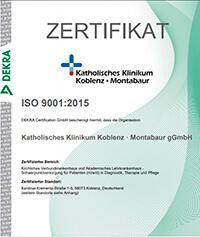

A discectomy (intervertebral disc removal surgery) with the subsequent disc replacement is a complex operation that allows a patient to get rid of chronic pain and neurological symptoms, as well as return to an active life. Doctors at hospitals abroad use the latest types of prostheses that last a long time and do not cause any complications. The operation will almost certainly end the problem of a hernia in the operated segment of the spine once and for all. You can undergo this operation at one of the world's best hospitals. You are welcome to use the Booking Health service to find out prices and make an appointment for treatment abroad at a favorable cost.
Content
- Indications and contraindications for intervertebral disc prosthetics
- What endoprostheses can be used abroad for spinal disc hernias?
- Where to undergo your treatment for herniated disc with discectomy and prosthetics?
Indications and contraindications for intervertebral disc prosthetics
Proper patient selection is even more important than surgical technique and implant quality to achieve good endoprosthetic outcomes. The indications for this operation are the following:
- persistent pain in the spine and other symptoms after conservative therapy for intervertebral hernia for 6 months;
- symptomatic lumbar disk hernias at the same level (L3-S1);
- fully developed spine;
- grade 1 spondylolisthesis (vertebral displacement) but not higher;
- previous unsuccessful operations for spinal disk hernias, such as microdiscectomy or spinal fusion (fixed vertebral fusion).
Contraindications for intervertebral disc prosthetics are the following:
- vertebral fractures;
- spondylolysis, which is non-union of the vertebral arch;
- spondylolisthesis above I grade;
- facet joint syndrome;
- facet joint removal surgery in the medical history;
- spinal stenosis (central or lateral);
- nucleus pulposus hernias with root infringement;
- a lack of mobility of the spinal problem segment;
- osteoporosis (decreased mineralization of the spine).
Replacement surgery produces the best results in patients under the age of 40. Patients over the age of 60 are considered the least suitable candidates for this operation. In recent years, data have been obtained on the use of new types of prostheses, which refute this information because the operation is now effective at any age.
Patients with a single-level lesion of the spine are considered the best candidates for intervertebral disc prosthetics. Acceptable results can be achieved in the case of double disk replacement, but the frequency of revision surgeries increases.
What endoprostheses can be used abroad for spinal disc hernias?
Prosthetics for spinal disk hernias have been used since the 1960s, when Fernström first implanted prostheses in the form of metal balls into the patient's cervical spine. The results obtained were the same as in the case of a rigid (fixed) connection of the vertebrae.
Dr. Karin Büttner-Janz and her colleagues performed the world's first artificial intervertebral disc prosthetics at the Charite University Hospital Berlin in the 1980s. The prosthesis was implanted in the lumbar spine. Since that time, the era of disk replacement surgery has begun. Subsequently, the disk model was refined several times. In 1994, a very successful version of SB Charité III appeared, which was initially used in the departments at European hospitals and, in 2004, was approved by the FDA for use in the United States.
Today, a large number of other models of artificial disks have been developed and used. These are, for example, Acroflex, Maverick, Kineflex, FlexiCore, LP-ESP, and M6-L. Several other models are currently being tested as part of clinical trials.
Endoprosthetics as a treatment method for spinal disk hernias has experienced its ups and downs and is now on the rise again. After the development of the first models of disks, these operations began to be widely used in spine surgery. They gave good immediate results, but long-term results were below expectations. The number of replacement surgeries has decreased, and insurance companies in developed countries have stopped paying for these interventions. However, that all changed with the advent of third-generation endoprostheses such as activL. It has been used in Europe since 2005 and was approved in the US in 2015. Since then, the number of disk prosthetics has steadily increased. Insurance companies have begun to pay for these interventions again. For example, about 65% of companies in the US already pay for this service as compared with 13% in 2012.
Trials have shown good immediate and long-term results after the implantation of the activL disk. Only 1% of operated patients require revision surgery after 5 years of follow-up.
Where to undergo your treatment for herniated disc with discectomy and prosthetics?
If conservative treatment of pain in the low back is ineffective, it is time to have surgery. A discectomy with a lumbar disc prosthesis placement is a good treatment option, especially for younger patients. You can undergo your treatment abroad to expect the best results. The Booking Health service will help you find out prices and choose a medical care program.
Hernia treatment abroad has the following benefits:
- high-tech operations on the spine;
- sparing surgical approaches that shorten the rehabilitation period;
- high-quality intraoperative diagnostics;
- a low risk of complications;
- vast experience in discectomy with the subsequent disk replacement as such operations have been performed in Germany since the 1980s, while in most other countries they began to be carried out only in the 21st century;
- doctors in developed countries use the latest endoprostheses, the implantation of which provides the best long-term results;
- about 99% of patients do not require any revision interventions on the spine within 5 years after surgery;
- you will receive high-quality care, symptomatic therapy, and comprehensive rehabilitation following the operation to help you return to your normal life in the shortest possible time.
You are welcome to leave your request on the Booking Health website to have a consultation with medical tourism specialists. We will help you select a hospital, taking into account the quality of medical care, the cost of hernia treatment, the next available appointment date, and other factors. When you make your appointment through our service, the prices will be lower than when you contact the hospital directly, due to the lack of taxes for foreign patients.
Authors:
The article was edited by medical experts, board-certified doctors Dr. Nadezhda Ivanisova and Dr. Vadim Zhiliuk. For the treatment of the conditions referred to in the article, you must consult a doctor; the information in the article is not intended for self-medication!
Sources:

